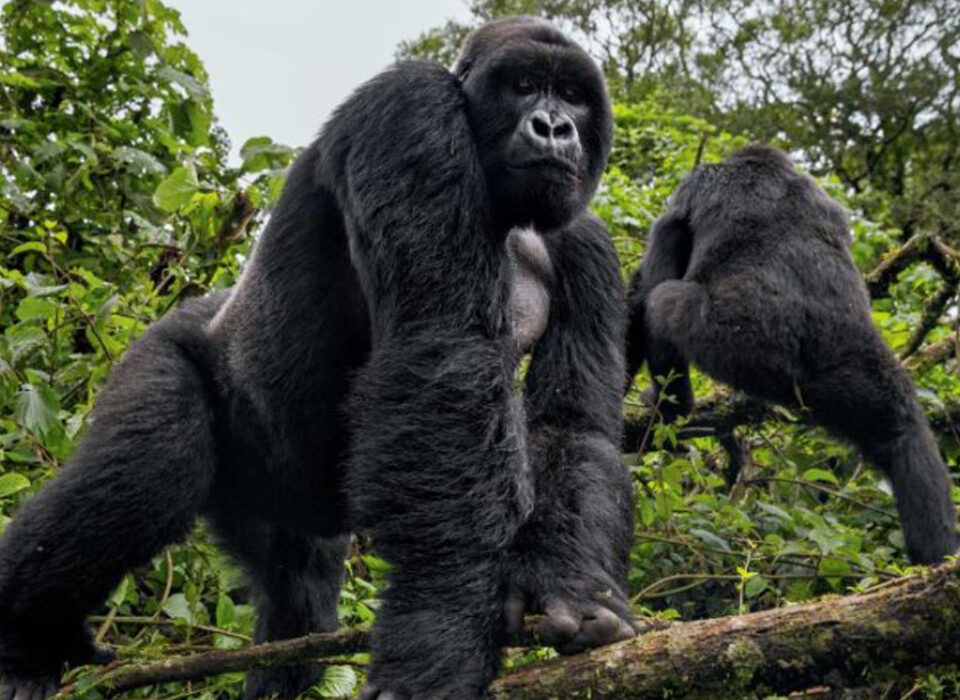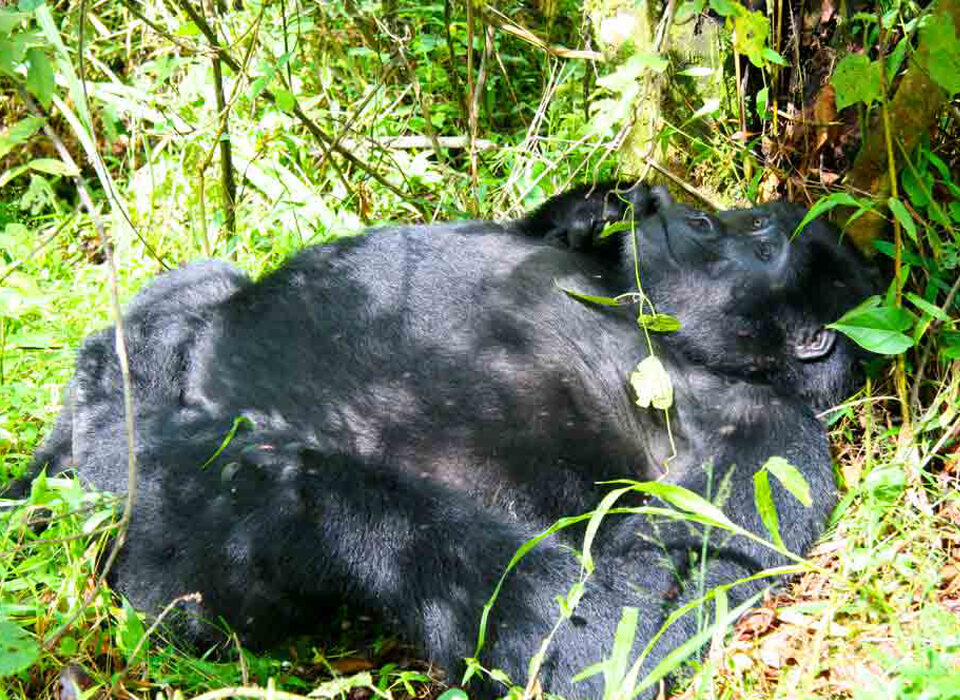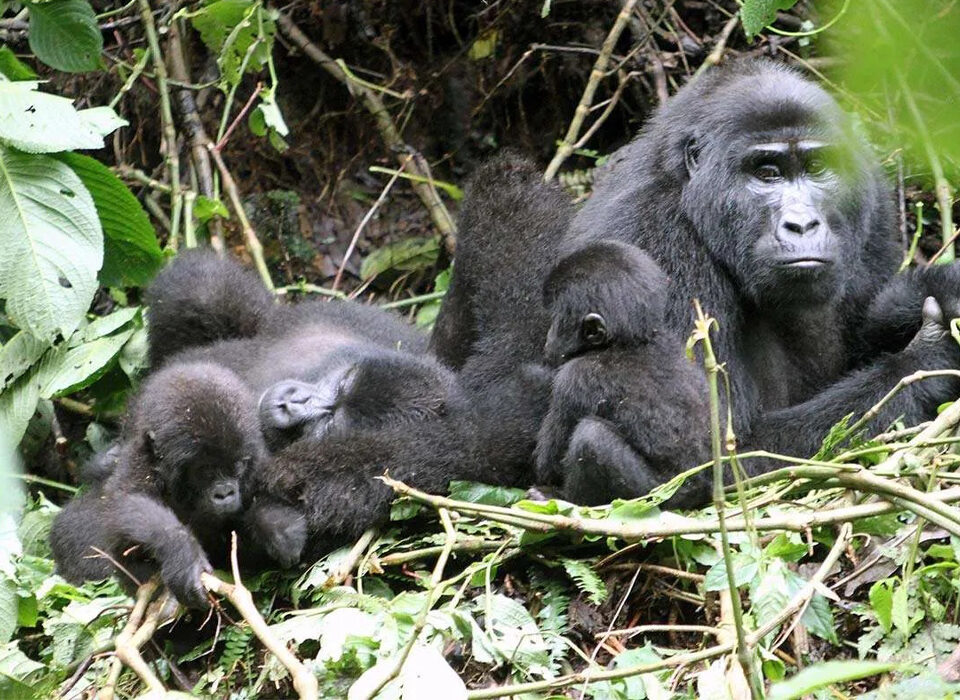- GET IN TOUCH WITH US:
- +256 753518160
- +256 777842166
- info@experiyatourcompany.com

Gorilla Safari Payment Options in Uganda
October 7, 2025
Activities to Do in Mabira Forest
October 7, 2025Why Gorilla Trekking is Africa’s Most Life-Changing Experience
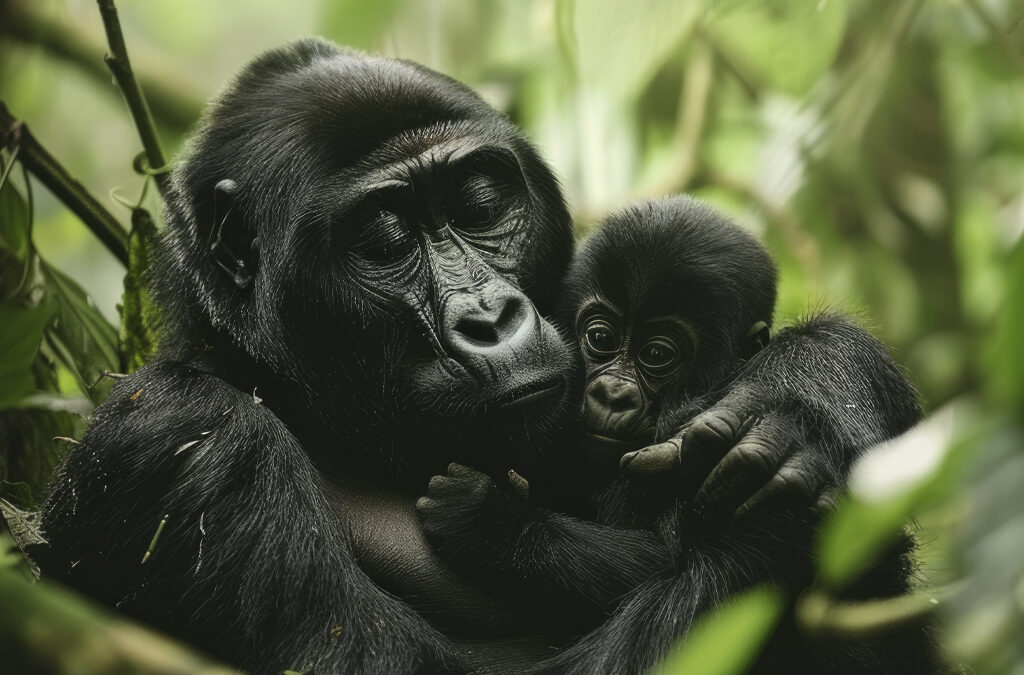
There are few wildlife encounters as profound and transformative as standing just a few meters away from a wild mountain gorilla in its natural habitat. The phrase “Why Gorilla Trekking is Africa’s Most Life-Changing Experience” isn’t just a catchy expression—it’s a truth deeply felt by travelers, conservationists, and adventurers who have walked the mist-covered trails of Uganda, Rwanda, or the Democratic Republic of Congo and locked eyes with these gentle giants.
Uganda, in particular, offers one of the most authentic and rewarding gorilla trekking experiences in the world. Nearly half of the planet’s remaining mountain gorillas live here, in the dense forests of Bwindi Impenetrable National Park and Mgahinga Gorilla National Park. This East African haven gives travelers a rare opportunity to connect with nature at its purest, offering not just a safari—but a deeply personal, soul-stirring experience.
So, what makes gorilla trekking so extraordinary? Is it the adrenaline rush of tracking such elusive creatures through dense jungle? The humbling feeling of sharing space with an endangered species? Or the lingering sense of purpose and awe it leaves behind?
The answers lie in the emotional depth of this journey. Here’s why gorilla trekking is truly Africa’s most life-changing experience.
A Rare Encounter with an Endangered Species
To see a mountain gorilla in the wild is to witness one of the rarest wildlife moments on Earth. With just over 1,060 individuals remaining, these magnificent apes are critically endangered. Every encounter feels sacred—a privilege earned through patience, respect, and conservation.
Uganda has become a beacon of hope for these animals thanks to its strict protection measures. Gorilla trekking permits are limited and tightly regulated, ensuring that tourism supports conservation rather than harms it. Expert rangers and trackers guide visitors through the forest with great care, balancing access with protection.
When you finally find a gorilla family, the world seems to pause. The silverback—massive and calm—watches over his troop. Mothers cradle their infants tenderly, while playful juveniles tumble through vines, full of mischief and curiosity.
It’s a living portrait of tenderness and strength, reminding you that humanity shares a deep connection with these beings. In that moment, you don’t just see gorillas—you feel them, and it changes the way you view life itself.
The Thrill of the Trek
The journey to meet the gorillas is as unforgettable as the encounter itself. Gorilla trekking in Uganda is an expedition through some of the most enchanting landscapes on the continent. The adventure begins in the early morning, when mist rolls through the valleys and the forest hums with life.
You set out with your guide, following trails that weave through dense foliage, across streams, and up steep ridges. Every step deepens the anticipation. The guides interpret nature’s clues—fresh footprints, chewed bamboo, and the faint scent of gorillas nearby. The thrill of knowing they could be just around the corner fills every moment with electric excitement.
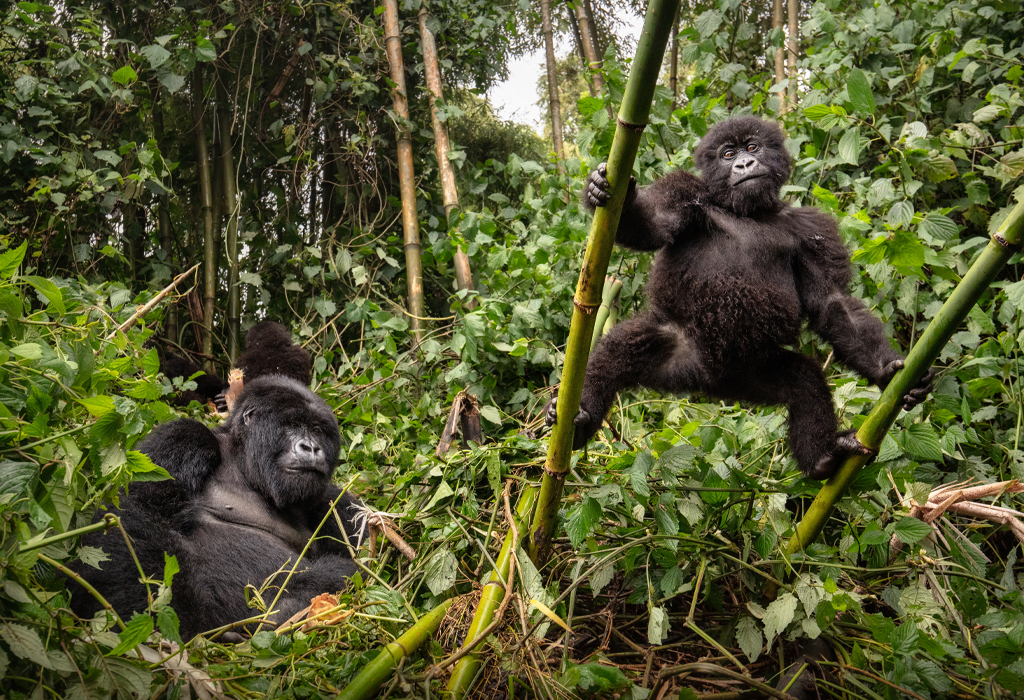
When the guides signal that the gorillas are near, fatigue vanishes—replaced by pure awe and adrenaline. This combination of physical endurance, teamwork, and emotional reward makes the trek deeply fulfilling. The sense of accomplishment, mixed with the wonder of meeting gorillas, creates a memory no photograph can fully capture.
A Deep Connection with Nature
In a world increasingly dominated by technology and routine, gorilla trekking invites you to slow down, unplug, and listen to the heartbeat of the wild. The rainforest envelops you in sounds and scents—the chirping of exotic birds, the rustle of leaves, the earthy aroma of rain-soaked soil.
When you finally stand among the gorillas, the experience feels almost spiritual. Their expressive eyes, deliberate gestures, and calm social interactions mirror our own in astonishing ways. You sense intelligence, emotion, and community—qualities that blur the line between species.
Spending an hour in their presence, the time limit set to protect them from stress, feels timeless. Many travelers describe it as a profound connection—one that rekindles respect for the natural world and awakens a sense of humility within it.
It’s not just about seeing wildlife; it’s about rediscovering your place in nature’s grand design.
Supporting Conservation and Empowering Communities
Gorilla trekking is far more than an adventure—it’s a lifeline for conservation and community development. Each trekking permit, currently priced at $800 in Uganda, plays a direct role in safeguarding these endangered animals. A significant portion of the fees funds gorilla protection programs, habitat restoration, veterinary care, and anti-poaching initiatives.
Beyond conservation, gorilla tourism transforms lives in surrounding communities. It provides jobs for local guides, porters, rangers, and lodge staff—creating sustainable livelihoods that reduce dependence on activities that harm wildlife.
Communities also receive a share of tourism revenue, funding schools, healthcare, and infrastructure.
By choosing to trek with gorillas, travelers become active participants in conservation. They help ensure that these incredible creatures continue to thrive and that the people living alongside them benefit from their protection. This synergy between wildlife conservation and community empowerment gives the experience a powerful sense of purpose.
Memories That Last a Lifetime
Gorilla trekking leaves an imprint that never fades. It’s not just an excursion—it’s a collection of moments etched into memory forever. The silent gaze of a silverback. The laughter that erupts when a baby gorilla beats its tiny chest. The mist that turns the forest into a dreamlike realm.
Each moment feels cinematic, intimate, and timeless.
Long after the trek ends, the memories linger. Many travelers find themselves changed—more conscious of the fragility of life, more committed to protecting nature, and more grateful for the world’s remaining wild places.
The experience shifts your perspective; it teaches reverence, patience, and the value of living harmoniously with the environment.
That, more than anything, is what makes gorilla trekking Africa’s most life-changing experience.
Planning Your Gorilla Trekking Adventure in Uganda
If you’re inspired to embark on this remarkable journey, timing and preparation are key. Uganda’s dry seasons—from June to August and December to February—offer easier trekking conditions with less mud and clearer paths.
However, the wet seasons (March to May and September to November) reward visitors with lush green landscapes and fewer crowds—perfect for those seeking solitude.
Gorilla trekking permits are limited to just eight visitors per gorilla family per day, so booking six to twelve months in advance is highly recommended. You’ll need sturdy hiking boots, rain gear, long trousers, and a good camera—though flash photography is prohibited.
A moderate level of fitness is ideal, since treks can last anywhere from one to six hours depending on the gorilla’s movements.
After your trek, Uganda offers countless ways to extend your adventure. Explore Kibale Forest for chimpanzee tracking, go on wildlife safaris in Queen Elizabeth or Murchison Falls National Parks, or unwind by the tranquil waters of Lake Bunyonyi.
Final Thoughts: Is Gorilla Trekking Worth It?
Absolutely every step, every breath, every moment is worth it. Gorilla trekking isn’t just about seeing wildlife; it’s about feeling alive in the wild. It challenges your body, opens your heart, and transforms your spirit.
In an era when true connection is rare, standing before a mountain gorilla in the misty forests of Uganda reminds you what it means to be human to care, to protect, and to belong.
That’s why gorilla trekking isn’t merely an adventure it’s a life-changing experience you’ll carry with you forever.

